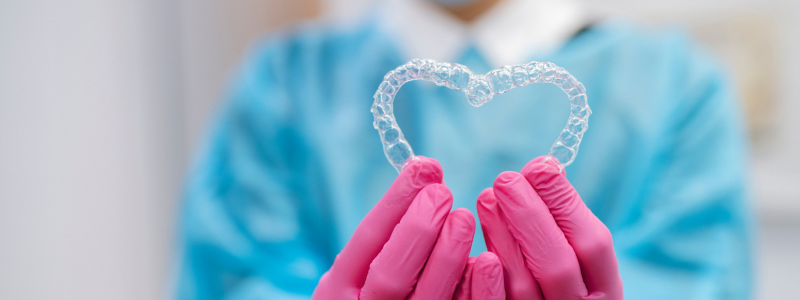
An orthodontic exam is a thorough assessment of your teeth, gum, and jaw by a licensed orthodontist. This exam aims to evaluate the current state of your oral health and identify possible orthodontic treatment options.
In this blog on what to expect during an orthodontic exam, we’ll look at the following:
- How To Know When An Orthodontic Exam Is Needed
- How Do I Prepare For My First Orthodontist Appointment?
- What Happens In An Orthodontic Assessment?
- Are X-Ray Machines Harmful?
How To Know When An Orthodontic Exam Is Needed
Your dentist will refer you to an orthodontist when issues are identified that are beyond their scope of expertise.
Some of the common conditions that may warrant an orthodontic consultation include the following:
- Gaps in teeth
- Crooked teeth
- Overbite
- Crossbite
- Underbite
- Speech problems
- Chewing problems
How Do I Prepare For My First Orthodontist Appointment?
Arrive 15 minutes early to fill out paperwork for new patient forms. You can sometimes download this paperwork on the website or request it be emailed prior so it’s filled out and ready by the time you arrive.
Orthodontist appointments can vary in length depending on your reason for being there. Ask how long the appointment will likely take so you can set aside the proper amount of time beforehand. Have a list of your over-the-counter and prescription medication and medical history prepared, as this will be asked about on new patient forms and by your orthodontist during the exam.
Information to Have Prepared
- Basic contact information
- List of OTC and prescription medications
- Medical history
- Physician and general doctor contact information
- Concerns you wish to discuss
- Let your doctor know if you are pregnant
What Happens In An Orthodontic Assessment?
During an orthodontic assessment, your doctor will do a thorough evaluation that may use x-rays or photographs and a gathering of your records. The initial consultation won’t include putting on braces or other orthodontic appliances. Instead, this is the time for your doctor to examine your oral health and discuss treatment options.
Evaluation
Your doctor will examine your teeth, gums, and mouth to identify any dental problems. Certain medical conditions like gum disease, a chipped tooth, or bone loss require treatment before you can move forward with receiving orthodontic appliances.
Impressions, Molds, or 3D Imaging
Following this, your doctor may take an impression or mold of your teeth or use a 3D imaging machine to help design braces or aligners.
Photographs
Your doctor will take photos of your mouth’s upper and lower arch and your full face and profile to understand your teeth, gums, and jaw structure.
X-Rays
Dental x-rays may or may not be taken. Sometimes, your dentist may already have existing panoramic X-rays that they can transfer to your orthodontist. X-rays give a closer look at the condition of your inner mouth for making treatment decisions.
Are X-Ray Machines Harmful?
Modern X-ray machines emit virtually no radiation (no more than you would receive from a day in the sun or watching TV). Your hygienist will still place a lead apron over you for precautionary measures.
Discussion of Treatment Options
Your orthodontist will determine whether or not treatment is needed and which type is best for your situation based on the evaluation, medical and dental history, and dental goals. You may be required to make a follow-up appointment to learn this information, and treatment likely won’t begin until the second or third appointment.
